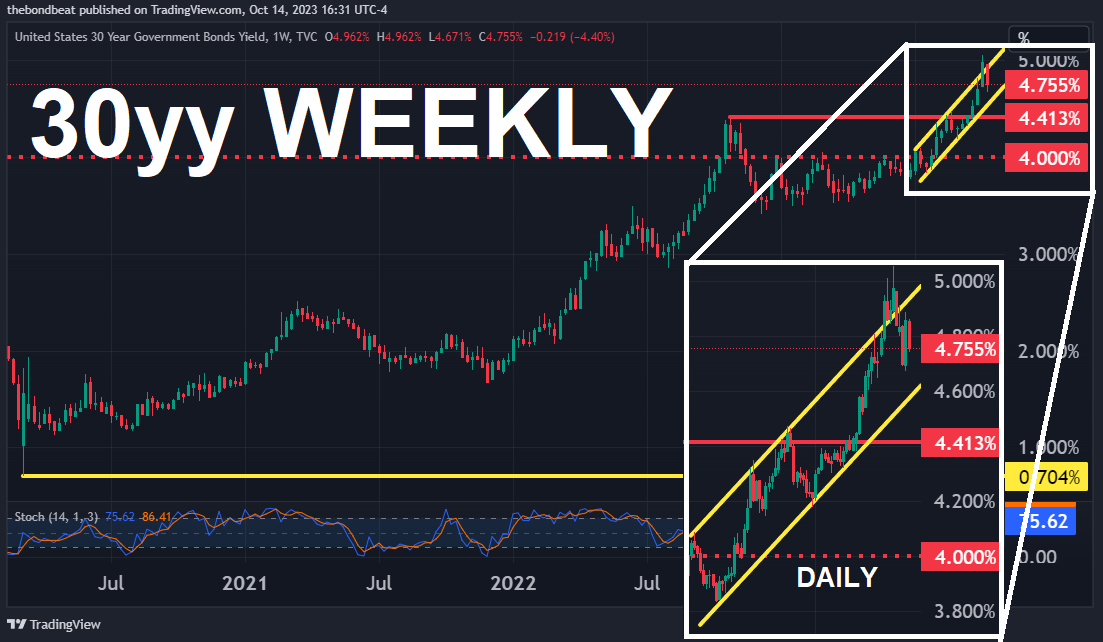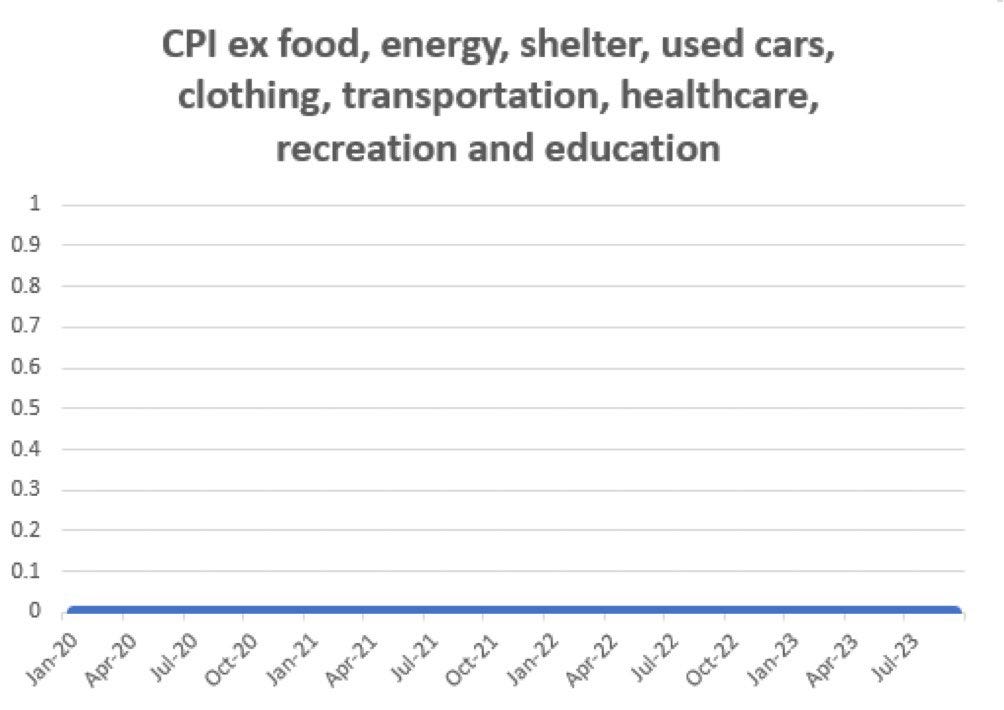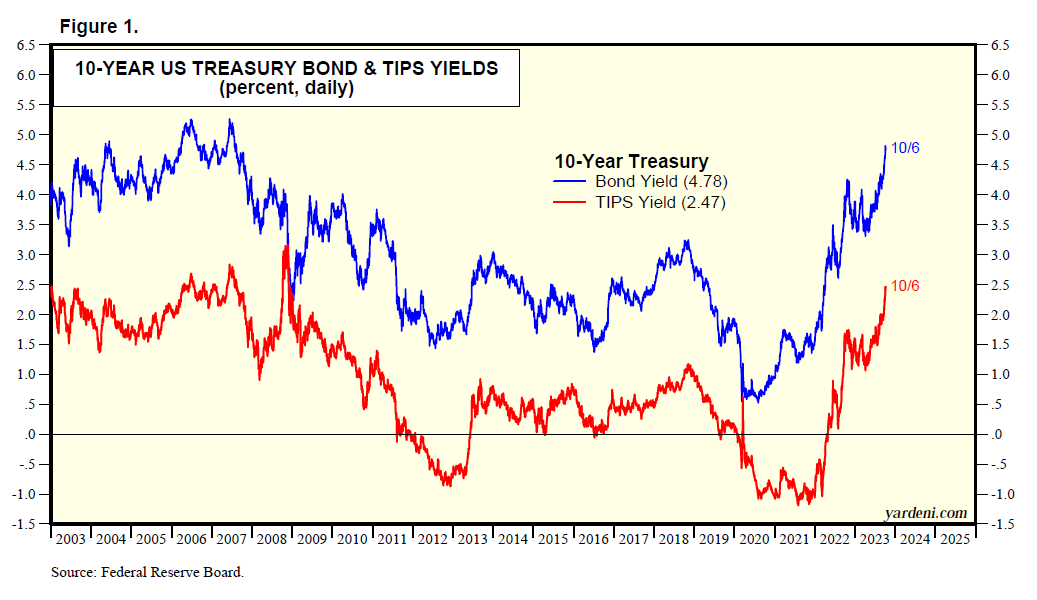Good morning / afternoon / evening - please choose whichever one which best describes when ever it may be that YOU are stumbling across this weekends note…
What could I possibly add after a week like the one which just passed and ahead of who knows WHAT next?
Don’t get me wrong, there are no shortages of OPINIONS and views — below and I’ll get to them quickly — but to say anything more than these treacherous times just ahead of us will continue to prove troubling and difficult for ALL of us including those trusted professionals tasked as stewards of OUR capital.
Traders, portfolio managers and all those in between and especially those in my former and beloved FI markets, well, aren’t having an easy go of it as bonds aren’t acting as that perfect portfolio hedge as they once used to …
A step back from the edge on the WEEKLY and I’ve inadvertently covered up bullish momentum signal (stochastics crossing) and so, without any markup,
Stochastics — currling and crossing on longer-term WEEKLY basis and so … might be a ‘trade’ in there somewhere … As far as BONDS on thin ice, well the combination OF inflation AND an auction where there was not much if any appetite … a toxic mix which produced an outsized amount of bond PRICE VOL on Thursday … it was visualized and needed another moment to let this sink in,
Bloomberg - The Weekly Fix: Siren song of long duration is getting louder
… The 30-year auction “appears to have further destabilized sentiment,” TD Securities strategists Gennadiy Goldberg and Molly McGown said in a note. “Worries about a lack of demand for Treasuries could allow rates to re-test recent highs, with 10s potentially making a run at the 5% mark,” last seen in 2007.
The destabilized sentiment produced some of the biggest bond moves since the height of the pandemic. Yields on 30-year Treasuries soared by as much as 19 basis points at one point — the biggest jump since 2020. Meanwhile, yields on 10-year Treasuries returned to 4.67%, after dropping as low as 4.51% earlier in the week.
Likely exacerbating the reaction to Thursday’s auction was the fact that every sale this week has gone poorly. The icy reception for the 30-year offering followed similarly grim results for sales of three- and 10-year notes earlier in the week, stoking concerns over increased auction sizes as some of the bond market’s big, price-insensitive buyers step back.
The bond market losses are continuing and are a very REAL thing and I have come across a plan on the intertubes which I thought was worth sharing and one which might just help bring the bond market back to life.
It is a plan to derive and show how inflation really ISN’T a problem … don’t worry about filling yer car or putting food on the table. Forget your inflation adjusted wage calculations.
THIS next visual might actually be Nobel prize worthy …
… Ok I’ll move on AND right TO the reason many / most are here … some UPDATE WEEKLY NARRATIVES … some of THE VIEWS you might be able to use (in a similar sorta way you’ll find content if you pay for ZH PREMIUM? except to say they are SELLIN other folks thoughts and I’m just point it out along w/links which should work IF you have permission (and should NOT work if you don’t) … how can THEY do that? askin’ for a friend …
In any case, THIS WEEKEND as I’m still waiting for something from Lacy Hunt to drop, I’d note a couple / few things which stood out to ME this weekend …
BCA - Bonds Are Great Again (seems premature to ME but i get logic, just a matter of timing )
… Bottom Line: A last hurrah for equities is probable over the next few months, but with a recession looming in 2024, investors should increasingly favor bonds over stocks.
BMO weekly - Divergence of Expectations (interesting commitment TO long bias, 2s, and MOVE UP STOP, protect … makes sense)
… Our medium-term constructive bias for duration remains well intact, even if the severity of the recent swings in yields and the shape of the curve implies upward pressure on yields that has yet to be realized. As the most recent SMRA real money survey revealed, investors remain positioned long with the measure at 100.9% of the assetweighted duration target. This reinforces our read that the pain-trade remains toward higher yields even as the rise of geopolitical tensions have added to the already uncertain outlook…
Goldilocks rates weekly (VISUALS are topical and words supporting worth a click)
Moodys Weekly Market Outlook - No Surprise In September (ZANDI conclusions)
… TOP OF MIND
Toting Up the Headwinds
by Mark Zandi… Conclusion
Toting up the real GDP hit from the headwinds buffeting the economy, it amounts to an estimated 1.35 percentage points annualized in the fourth quarter. To summarize, this includes 0.3 percentage point for the end of the student loan payment moratorium, 0.3 percentage point for the UAW strike, and 0.25 percentage point each for a government shutdown, higher oil prices, and the recent surge in longterm rates. This is strong enough of a collective headwind to ensure a soft economy at year’s end and early next, but not enough to push the resilient economy into recession. Real GDP in the quarter is expected to come in just barely positive and be near 1% in the first quarter of 2024. The most likely scenario thus remains that the economy will avoid a downturn. But it is tough to gauge how hard each of these headwinds will ultimately blow and whether others will kick up. As such, it would be Pollyannish not to consider the darker scenarios.Trahan - The End Of Fed Tightening And What It Means For Markets
… There is a lot of confusion about what has been driving bond yields higher lately. We believe it is a combination of better-than-expected economic data and Fed talk markeds by uncertainty – until this week at least … e dig into the reasons why the Fed’s next move is probably a rate cut (hint: lower inflation and weaker economy). Of course, this has massive implications for bonds (attractive) and stocks (change in leadership). Remember that this stage of the cycle is not usually kind to the broader equity market…
UBS 2024 f’cast UPDATES
Moving along and away FROM highly sought after and often paywalled and Global Wall Street narratives TO a few other things widely available and maybe as useful from the WWW
Apollo - Rates Not Going Back to Zero (thank you … thank you for that reminder BUT while I may agree in the short / medium term it’s hard for ME to commit to any such statement as a matter of PERMANENT RECORD … only reason being MY crystal ball not yet back from the dry cleaner…)
Markets are pricing that the Fed funds rate will bottom at 4% in 2025 and then start rising again, see chart below.
The same profile can be seen for the ECB, where rates will bottom at 3% and then start rising again.
The conclusion is that long-term investors should plan on rates being permanently higher than they were from 2008 to 2020.
In other words, rates are not going back to zero.
Hedgopia - CoT: Peek Into Future Through Futures, How Hedge Funds Are Positioned (POSITIONS … matter. AND there was apparently some speculative SHORT COVERING which took place…)
Investopedia CHART ADVISOR - Anticipating Declining Rates (HOPE springs …)
Short Rates
Interest rates have come a long way and in a relatively short period of time. Currently and for much of this year, the federal funds rate exceeded the 2-year treasury yield. The market will interpret this as the Federal Reserve is done hiking and will soon cut or decrease rates.
To couple this signal, the above chart highlights the 12-month rate of change of the 2yr treasury yield. Following an interest rate hiking cycle, a negative rate of change has historically preceded a further decline in rates.
Yield Curve
The yield curve is still inverted. The 2-year treasury yield is higher than the 10-year treasury yield. However, we’ve seen significant steepening of the curve by way of long yields rising faster than short yields. A trader can take advantage of this scenario by going long short-term bonds and selling long-term bonds. What does a steepening yield curve mean for your portfolio?
Long Rates
Interest rates are coming out of a near 40-year downtrend. To highlight the significance of the 2022-2023 move in rates, the below chart highlights a linear regression channel of the 30yr treasury bond yield. The 30-year yield broke out of the regression channel in September 2022 and hasn’t looked back since. A punishing 3-year period for bond investors.
Yardeni - DEEP DIVE: What's Behind the Recent Bond Rout? (2 outta seven ain’t bad? for the remaining 5 points of light, well, you’ve gotta sneak a peak behind the paywall …)
Why did the 10-year Treasury bond yield soar from 3.97% on July 31 to 4.81% on October 3 (Fig. 1 below)? There are several explanations, and the answer is probably “all of the below.”
Consider the following seven points:
(1) Too much supply of Treasuries. We’ve been arguing that the deluge of Treasury supply has been the main driver of this rout in the bond market. The rapidly widening federal deficit forced the Treasury to announce during the summer a significant increase in the securities that would have to be sold over the rest of the year. During August and September, the amount of US Treasury debt held by the public rose $335 billion and $286 billion, respectively (Fig. 2 below). The bond yield rose quickly to a level that should stimulate enough demand to clear the increased supply of Treasuries over the rest of this year through next year.
(2) Higher for longer short-term interest rates. Another thesis that also makes sense is that the rout was exacerbated by Fed Chair Jerome Powell when he reiterated at his September 20 press conference that the FOMC intended to remain restrictive through next year by maintaining the federal funds rate higher for longer. Specifically, he said: “We’re prepared to raise rates further if appropriate, and we intend to hold policy at a restrictive level until we’re confident that inflation is moving down sustainably toward our objective. In determining the extent of additional policy firming that may be appropriate to return inflation to 2 percent over time, the Committee will take into account the cumulative tightening of monetary policy, the lags with which monetary policy affects economic activity and inflation, and economic and financial developments.”
The big shock that same day was the release of the FOMC’s latest quarterly Summary of Economic Projections (SEP). Instead of four rate cuts totaling 100bps next year (as was projected in June’s SEP), the latest SEP showed two cuts totaling 50bps.
… AND for any / all (still)interested in trying to plan your trades and trade your plans in / around FUNduhMENTALs, here are a couple economic calendars and LINKS I used when I was closer to and IN ‘the game’.
First, this from the best in the strategy biz is a LINK thru TO this calendar, and I’ve highlighted some things which I would have been looking at and prepared for,
** NOTE THE JPOW speech on Thursday afternoon just before the TIPS auction…
AND here’s Wells FARGOs version, if you prefer …
… and lets NOT forget EconOday links (among the best available and most useful IMO), GLOBALLY HERE and as far as US domestically (only) HERE …
What is NOT on any calendar that WE are privy to (incursions and rocket fire, etc) may turn out to be MOST important and without further delay, I’ll quit while I’m behind and get back TO most important matters at hand …
Before closing and as I still have far too many questions relative to ALL the answers and VIEWS being offered, am searching for this guy …
… thinking HE — and ONLY HE — might help.
THAT is all for now. Enjoy whatever is left of YOUR weekend …



















These weekend pieces are great! thank you for sharing
Let the dog roll in the mud already LOL!